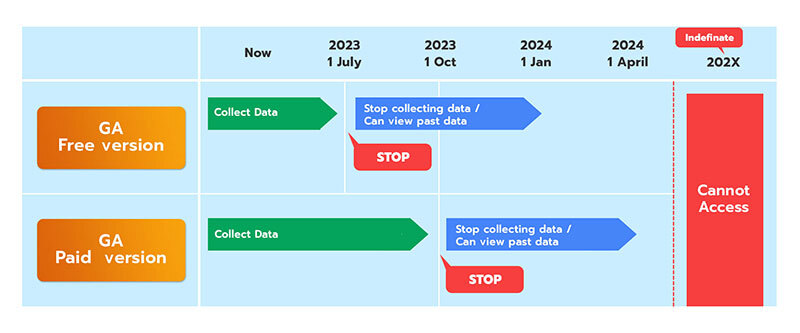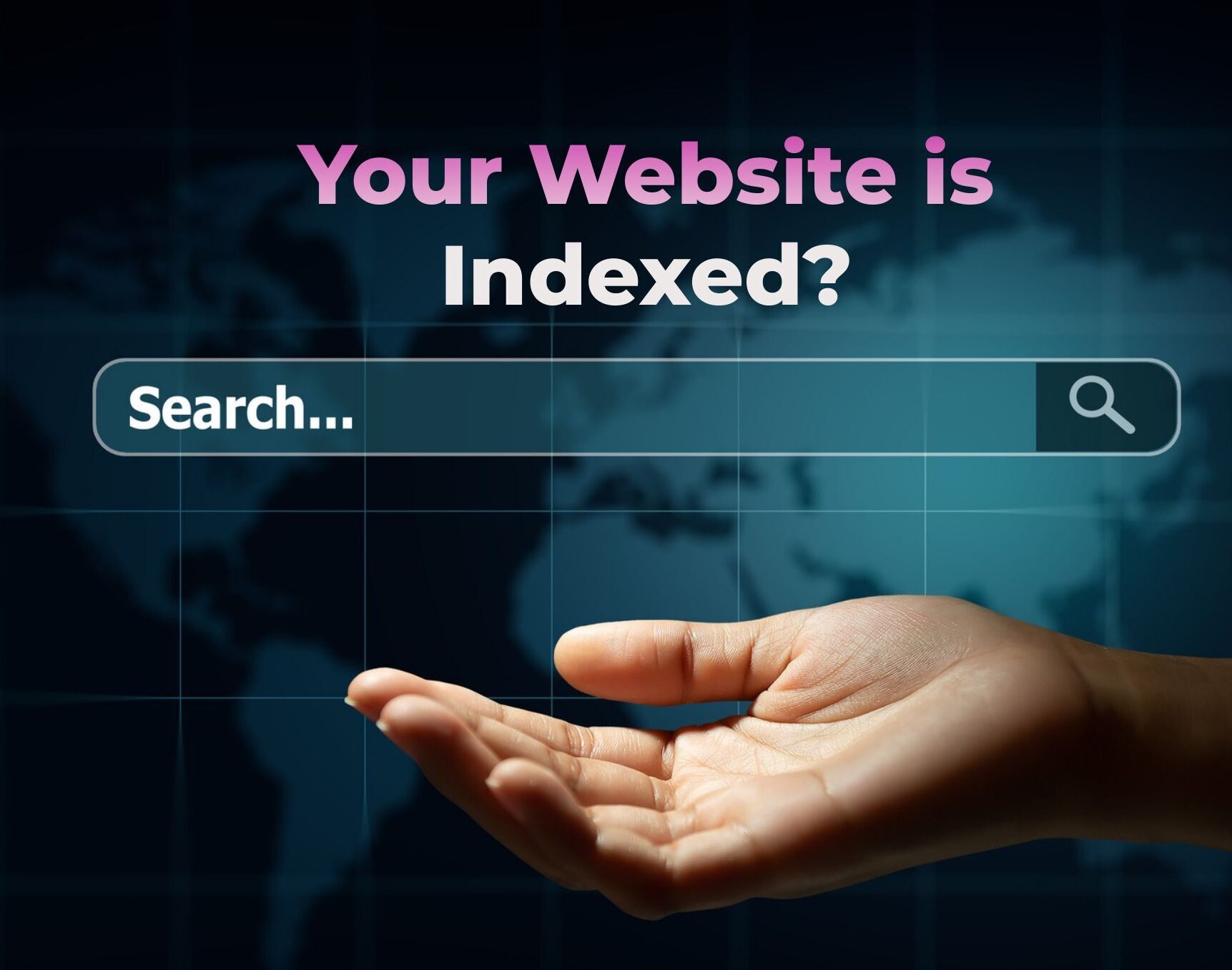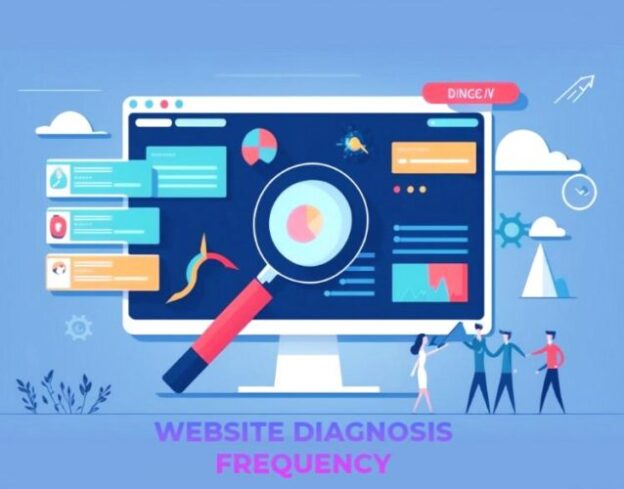Google has officially announced that Google Analytics (Universal Analytics properties) will stop collecting new hits from July 1 2023.
⇒Reference:Universal Analytics will be going away
That means, those who are currently using Universal Analytics (Google Analytics) to analyse website access will not be able to do so in the future. Currently, there are almost no other realistic options for access analysis tools that are provided free of charge.
Therefore, Google is currently strongly recommending an immediate transition to the new Google Analytics, GA4 (Google Analytics 4).
The reasons are follow
- You will not be able to access the old GA account itself in the future meaning, you will not be able to view past data.
- To verify the difference in numerical values by setting a period during which the old GA (Universal Analytics) and GA4 (Google Analytics 4) can be measured in parallel. (Since the above two are different tools, it may be difficult to analyze using past data due to differences in numbers, so collecting the datas with both tools helps to prepare website analysis after switching smoothly- making it easier to adapt to the differences)
- GA4 / GTM settings (to measurement targets that could not be measured until now)
However, no special action is required in the following cases.
- Already migrated to Google Analytics 4
- Currently using Google Analytics 4
* If GTM settings for collecting the hits other default measurements such as event settings have not been set, it is recommended to review this at the transition timing.
Why change to GA4?
Machine learning automatically displays important data so that you can understand information such as user behaviour on the website and who you are. In other words, you can measure user-oriented information.
For example in the old Google Analytics reported as;
- There were 500 page views on page A
- There were 100 inflows from Facebook
- There were two inquiries from search advertisement
Where the measurement specifications were based on page views and the number of visitors.
As for the new Google Analytics4, we are able to know;
- What kind of action was done by the user who made the conversion?
- What kind of user made the conversion? Where are you from?
It is now possible to make measurements based on the actions taken by the user.
With the machine learning function of GA4, it is possible to extract and segment what kind of users are likely to grow. By accumulating data over a long period of time, it can be used for multifaceted marketing measures such as acquiring new users through specific targeting.
There are two main reasons.
- To respond to major changes in user behaviour
- To respond to the movement of the privacy-oriented industry
As the number of Internet users increases every day, it requires the marketers to have a deeper understanding of the complex behaviours and trends of users who use various devices such as mobile, PC, tablet, and move around all kinds of platforms such as social media such as Facebook, Instagram, websites, advertisements, etc. GA4 works across various platforms and can track user data across websites and applications and measures insights using an event-based data model. This allows the marketers to see what kind of users contribute to conversions.
In addition to this, we have to collect and utilise data while protecting personal information even if the movement to protect personal information starting with GDPR and consent of cookies are no longer required.
Google Analytics has become smarter and more advanced in order to better understand such various complicated situations. In the future, we have officially stated that analytics data can be trusted even if data such as cookies and IP addresses that are treated as personal information cannot be used.
It’s privacy-centric by design, so you can rely on Analytics even as industry changes like restrictions on cookies and identifiers create gaps in your data.
※Source:Introducing the new Google Analytics
In addition, Google have announced the following:
It has machine learning at its core to automatically surface helpful insights and gives you a complete understanding of your customers across devices and platforms.
※Source:Introducing the new Google Analytics
| Google Analytics | Google Analytics 4 | |
|---|---|---|
| Measurement | Session based data model (number of access, number of page views) | Event-based data model(Action made by users) |
| Report | Limited content in cross-device and cross-platform reports | Extensive cross-device and cross-platform reports |
| Automation | Automation is limited | Using machine learning improves and simplifies insight acquisition |
Source:https://skillshop.exceedlms.com/student/catalog
Until now, many companies have often set indicators based on the number of visitors and page views, so after switching to GA4, it will be necessary to consider which indicator to use as the marketing evaluation axis.
What’s next?

Here is the schedule for the free version of GA.
- Until July 1, 2023, data can be collected and measured
- Data will not be updated after July 1, 2023, but past data can be viewed for at least 6months.
- Data viewing is guaranteed until January 1, 2024.
- Past data will not be viewable after January 2, 2024.
The specific end of support date will be announced separately by Google, but after the end of support date, you will not be able to check the report on the management screen of GA Analytics or access GA data via the Google Studio (tool for viewing the report connected with API)
Therefore, if you have been doing GA analysis for a long time or if you need to compare the past situation of the website in the future, take this opportunity to export the past report and save it in some form. You will need to keep it.
It is not a simple matter of just putting a tag, so we recommend that you prepare for the transition to GA4. We also have specialised knowledge and experience in GA4 migration work and setting work.
Please feel free to contact us at any time, as a rough consultation is fine.











